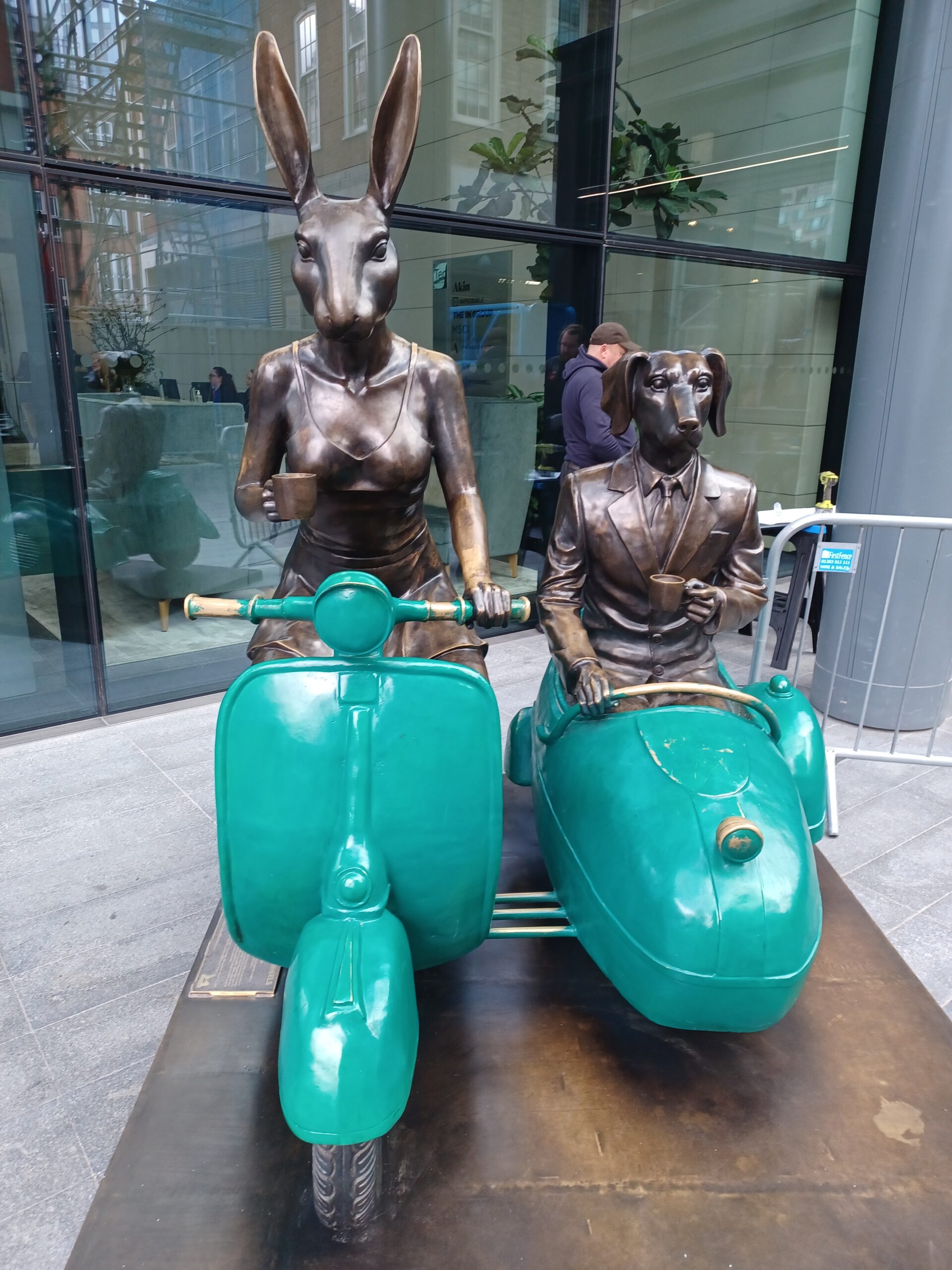Līgo, Latvia’s midsummer holiday

In my book, a nation that creates a 2-day holiday to drink beer, have sex, and celebrate the summer solstice is clearly doing something right. Conventional wisdom attributes the high number of March babies to this holiday. It was also funny to see the high number of public service announcements leading up to the holiday warning of the dangers of excessive drinking and associated displays of imagined invulnerabilities, such as jumping over bonfires or diving into unknown depths of water.

To be sure, Līgo is a BIG DEAL in Latvia. Traffic on the highways is jammed and train cars filled as a grand exodus from the cities occurs. We decided to test the train system for our trip to the countryside.
Technically, Līgo is celebrated two or three days after the solstice, which can be attributed to a reliable bit of Christian marketing that placed their holidays over, or adjacent to, pagan ones. So, in the case of the Latvian solstice celebration of Līgo on June 23rd, they also have Jaņu, or St. John’s Day, on June 24th.

The word Līgo apparently comes from a language older than Latvian and roughly translates to something rather poetic like “let it be.” Many variations of Līgo songs end with the refrain “Līgo, Līgo” – “Let it be, Let it be.” Remind you of another song? Like all other Latvian holidays, songs, music, and dancing figure heavily in the celebrations.

The ancient Latvians believed that certain plants picked just before Līgo had special healing powers. Even today, as part of the celebration, Latvians decorate their homes and yards with oak and birch branches. Here we’ve attached some to an arbor gate.
It’s also traditional to pick grasses, herbs, and flowers to decorate with and make wreaths to be worn on the head during the holiday. Traditionally, women wear wreaths of flowers and men wear wreaths of oak.

A wheel of cheese called Jaņu cheese is made as a representation of the sun. Traditional Jaņu cheese is an un-aged ‘quick-cheese’ made the day before and flavored with salt and caraway seeds. This is a store-bought version that I think must have colorant added. It was still delicious!
Beer brewing was also a traditional activity, which was thought to improve the next barley harvest. Modern practice seems to be more about the consumption than the brewing. We took this opportunity to try a wide variety of Latvian beers. See our upcoming posts about Latvian beers!
Another central feature of the celebration is a bonfire. It presumably represents the sun, but it is also said that people who stand in the light of the Līgo fire can gain strength and fertility. Jumping over the Līgo fire is a popular tradition which is said to purify the soul and cleanse the mind. Unfortunately, misjudgment here sends quite a few people to the emergency room every year.

A cute story related to the Līgo holiday has to do with the elusive blossoming fern. Similar to the rare four-leaf clover, the even rarer (read non-existent) blossoming fern is said to fulfill wishes and bestow good fortune and knowledge to the lucky finder. It seems in practice though, going to search for blossoming ferns is a pretense for playing naked games in the woods with your search partner 😉
Most of us tried to stay awake all night, and about half of us succeeded! It is said that staying awake through the night of Līgo will provide vigilance and good health. Of course, you also get to watch the sun rise from the shortest night of the year – which I think sort of symbolizes the whole point of a midsummer celebration regardless of the culture.

Čau for now!





Hehe, I love learning of these Latvian traditions. The longest day of the year deserves to be celebrated. Its almost like an appreciation for life and dear, sweet surrender. Līgo!
thanks for the response Lilly, glad you enjoy!